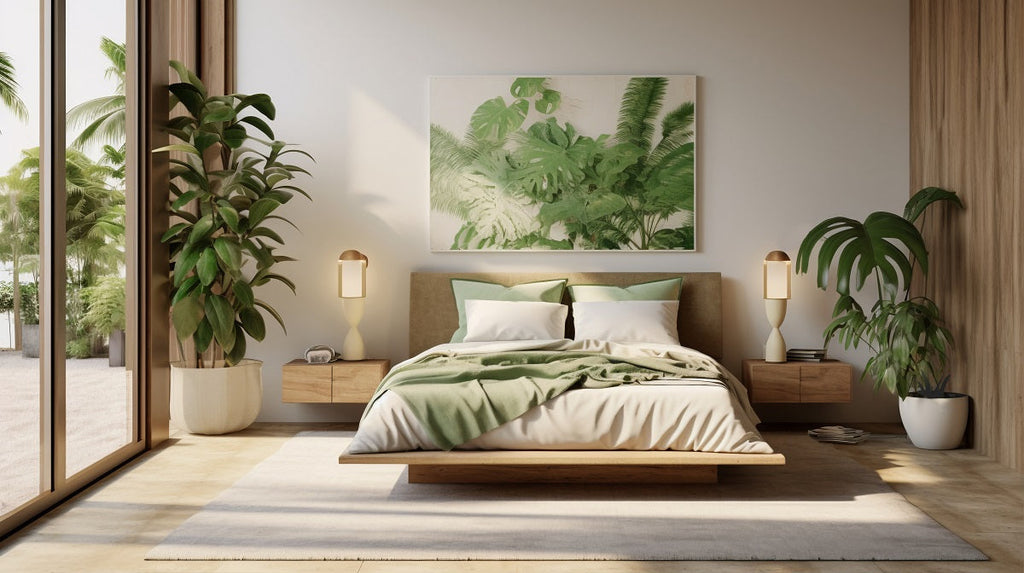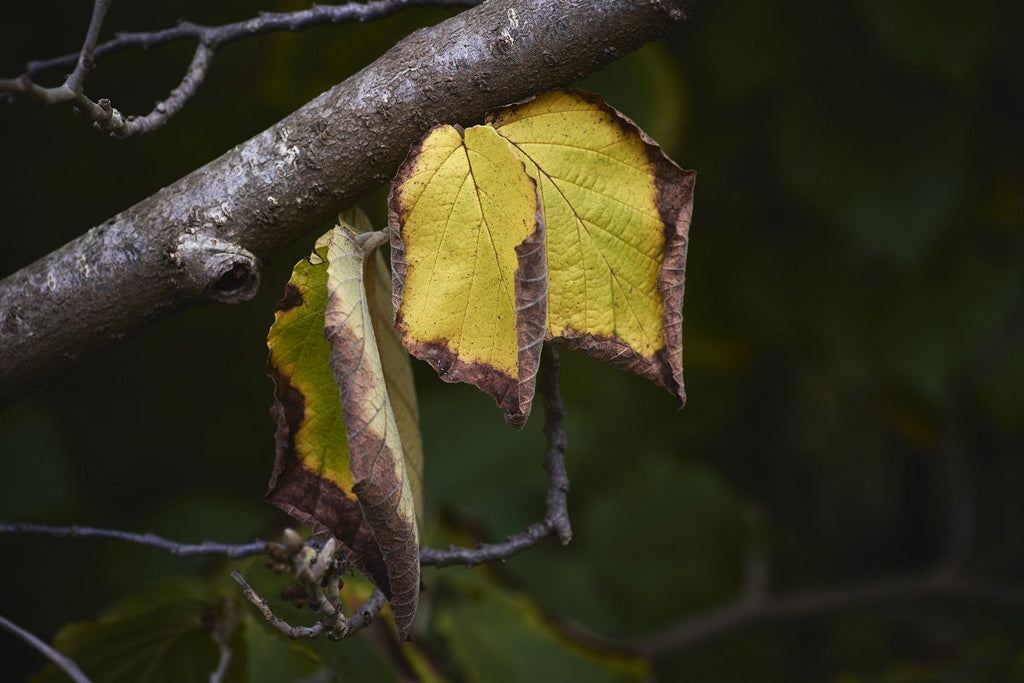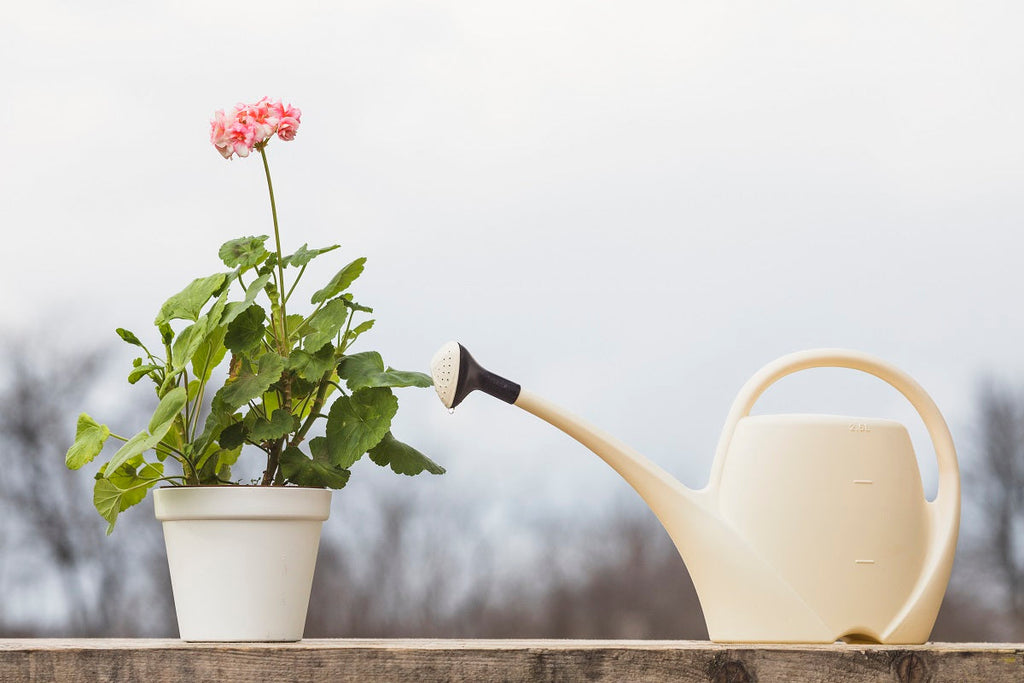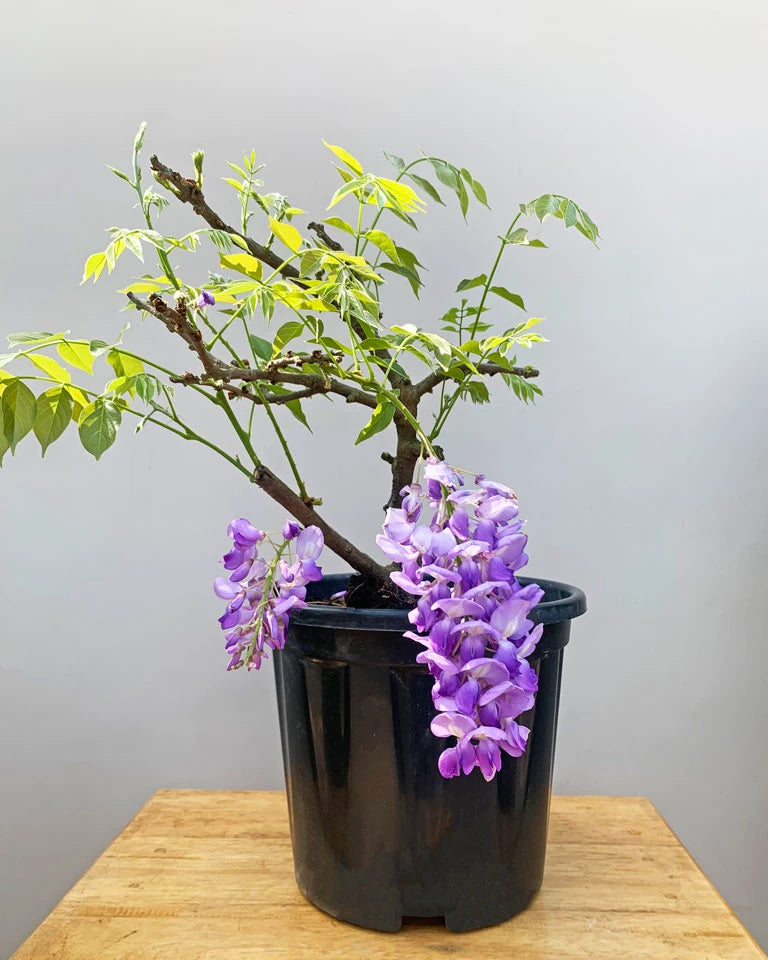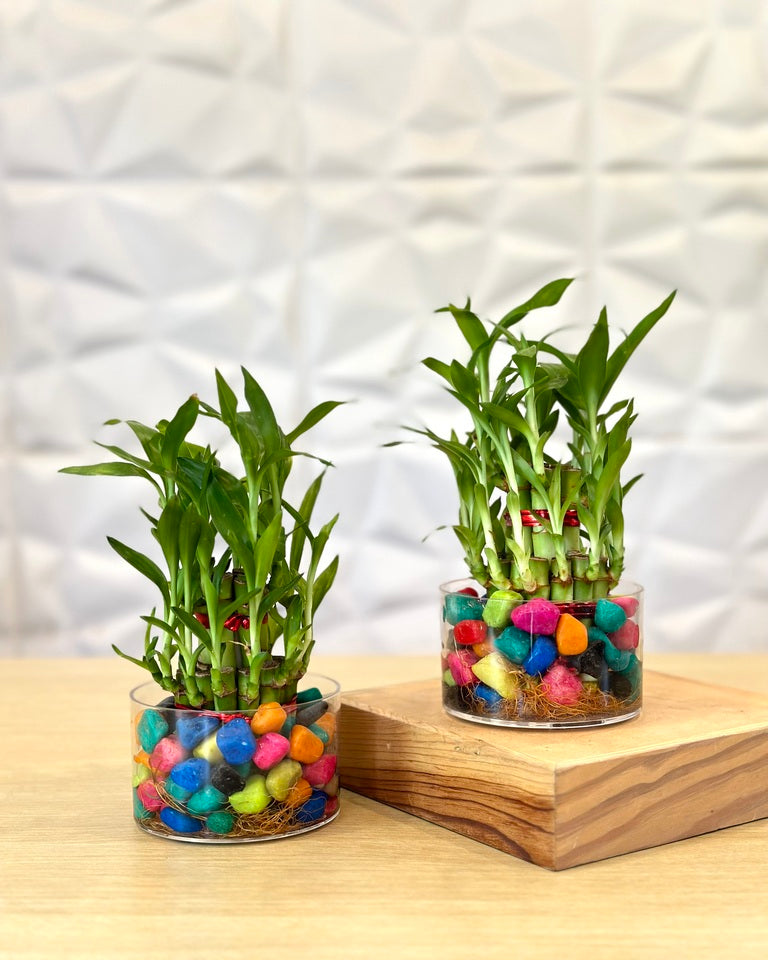
Top Indoor Air Purifying Plants for a Healthier Home

Indoor air quality plays a big role in creating a healthy and refreshing home environment. Luckily, there are many indoor air purifying plants that not only beautify your space but also help filter out common toxins and improve the air. Here are some of the best indoor air purifying plants that can help make your home a cleaner, healthier place to live.
1. Snake Plant (Sansevieria)
The Snake Plant, also known as "Mother-in-Law's Tongue," is a standout among indoor air purifying plants because of its unique ability to produce oxygen at night, making it a great choice for bedrooms. It’s highly efficient in filtering out toxins like formaldehyde and benzene and requires very little care, making it perfect for beginners.
Fun Fact: Snake Plants are known as the “bedroom plant” because they produce oxygen at night, unlike most plants that release carbon dioxide after dark.
Why it’s effective: Cleanses the air of toxins, including formaldehyde, and improves oxygen levels at night.
2. Spider Plant (Chlorophytum comosum)
With its cascading green and white leaves, the Spider Plant is not only attractive but also one of the most adaptable indoor air purifying plants. It removes pollutants like carbon monoxide and xylene. It’s resilient and grows quickly, making it an excellent choice for any room in your home.
Fun Fact: Spider Plants are excellent at self-propagation. They produce "babies" or plantlets on long stems, which can be potted to grow new plants easily!Why it’s effective: Known for filtering carbon monoxide and removing toxins from the air.
3. Peace Lily (Spathiphyllum)
The elegant Peace Lily is a star among indoor air purifying plants because of its beautiful white blooms and strong air-purifying abilities. It can reduce airborne toxins such as ammonia, benzene, and formaldehyde, making it a perfect choice for homes and offices alike. Peace Lilies do well in low to medium light and can handle some neglect.
Fun Fact: Peace Lilies are sometimes called "Closet Plants" because they can thrive in low-light conditions, making them perfect for rooms with little natural light.
Why it’s effective: Reduces levels of various toxins and adds humidity to the air.
4. Boston Fern (Nephrolepis exaltata)

Boston Ferns are not only lush and beautiful but are also one of the best indoor air purifying plants available. They’re particularly effective at filtering formaldehyde and xylene. These plants thrive in humid environments, so they’re great for bathrooms or kitchens.
Fun Fact: Boston Ferns were highly popular in the Victorian era, often featured in parlors and greenhouses as a sign of elegance and prosperity.
Why it’s effective: Removes formaldehyde and xylene, and adds moisture to the air.
5. Aloe Vera

Aloe Vera is best known for its healing properties, but it’s also one of the top indoor air purifying plants. This plant filters out formaldehyde and benzene, commonly found in cleaning agents and paints. Aloe Vera requires minimal watering, making it a great addition to a sunny windowsill.
Fun Fact: Aloe Vera has been known for its medicinal properties since ancient Egypt, where it was referred to as the "Plant of Immortality."
Why it’s effective: Reduces formaldehyde and benzene; offers medicinal benefits.
6. Rubber Plant (Ficus elastica)

Rubber Plants are easy to care for and effective indoor air purifying plants for removing toxins like formaldehyde. Their large, waxy leaves not only look stunning but also help to absorb airborne pollutants. These plants prefer bright, indirect light and can tolerate lower light conditions as well.
Fun Fact: The Rubber Plant’s latex-like sap was once used as an alternative to real rubber, hence the name "Rubber Plant."
Why it’s effective: Absorbs formaldehyde and can thrive in less direct light.
7. English Ivy (Hedera helix)

English Ivy is one of the most adaptable indoor air purifying plants and is excellent for improving indoor air quality. Studies have shown that it reduces airborne mold, making it particularly beneficial in bathrooms or damp areas. It’s also efficient at removing benzene and formaldehyde.
Fun Fact: English Ivy can climb walls and trees up to 100 feet, which makes it a popular outdoor plant in addition to being an indoor air-purifier.
Why it’s effective: Reduces airborne mold and filters benzene and formaldehyde.
8. Golden Pothos (Epipremnum aureum)

Golden Pothos, or Devil's Ivy, is an adaptable vine that ranks among the best indoor air purifying plants. It can survive in low light and is highly effective at removing toxins like formaldehyde, benzene, and xylene. It’s also known for being particularly effective in high-traffic rooms where toxins are more prevalent.
Fun Fact: Golden Pothos is so hardy that it’s nicknamed “Devil’s Ivy” because it can survive even in low light and less-than-ideal conditions.
Why it’s effective: Efficient at removing toxins, and perfect for low-light environments.
9. Areca Palm (Dypsis lutescens)

The Areca Palm, also known as the Butterfly Palm, is one of the most elegant indoor air purifying plants. It’s effective at removing a variety of pollutants and is also a natural humidifier. This plant does best in indirect light, so place it in a bright spot, but avoid direct sunlight.
Fun Fact: The Areca Palm is also known as the “Butterfly Palm” because its feathery fronds spread gracefully like butterfly wings.
Why it’s effective: Known for high toxin removal and helps to increase humidity.
Conclusion
Incorporating indoor air-purifying plants into your home is a simple and natural way to improve air quality, reduce stress, and add beauty to your living spaces. From low-maintenance options like the Snake Plant and Aloe Vera to larger, statement plants like the Rubber Plant and Areca Palm, there's an indoor air purifying plant to suit any home environment and lifestyle.
FAQs on Indoor Air Purifying Plants
What are the best indoor air purifying plants?- Some of the best indoor air purifying plants include the Snake Plant, Peace Lily, Boston Fern, Spider Plant, and Aloe Vera. Each of these plants is effective in removing common indoor toxins and pollutants.
- Indoor air purifying plants absorb pollutants and toxins through their leaves. Some plants also emit oxygen, which helps in refreshing the air in indoor spaces.
- Yes, studies, including NASA's Clean Air Study, have shown that certain plants effectively reduce levels of indoor pollutants, improving air quality when kept in sufficient quantity.
- For noticeable air purification, it’s recommended to have one indoor air purifying plant per 100 square feet of space. However, even a few plants can positively impact the ambiance and freshness of a room.
- Not all indoor air purifying plants are safe for pets. Plants like the Peace Lily and Aloe Vera can be toxic to cats and dogs. Always check if a plant is pet-safe before bringing it into your home.
- Yes, many indoor air purifying plants can thrive in low-light conditions. Examples include the Snake Plant, Golden Pothos, and English Ivy. However, a little indirect sunlight can help plants stay healthy and vibrant.
- No, many indoor air purifying plants are low-maintenance. Plants like the Spider Plant, Snake Plant, and Peace Lily require minimal watering and care, making them perfect for busy lifestyles.
- The watering frequency depends on the plant species and the season. Generally, indoor air purifying plants like Snake Plants and Aloe Vera only need watering every 2-3 weeks, while Boston Ferns may need water more frequently. In warmer months, plants may require more water as the soil dries out faster. During colder months, reduce watering since many plants enter a dormant phase and need less moisture. Always check the soil before watering, as overwatering can harm plant health
- Yes, most indoor air purifying plants benefit from occasional fertilizing, especially during the growing season (spring and summer). Use a balanced, diluted fertilizer once a month for best results.
- Place indoor air purifying plants where they can receive adequate light, such as near windows. Grouping multiple plants can also increase the air-purifying effect. Experiment with hanging plants, floor plants, and shelves to create an aesthetically pleasing setup.







